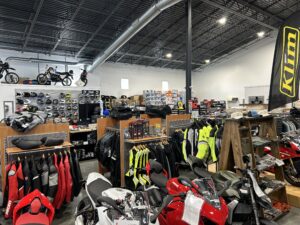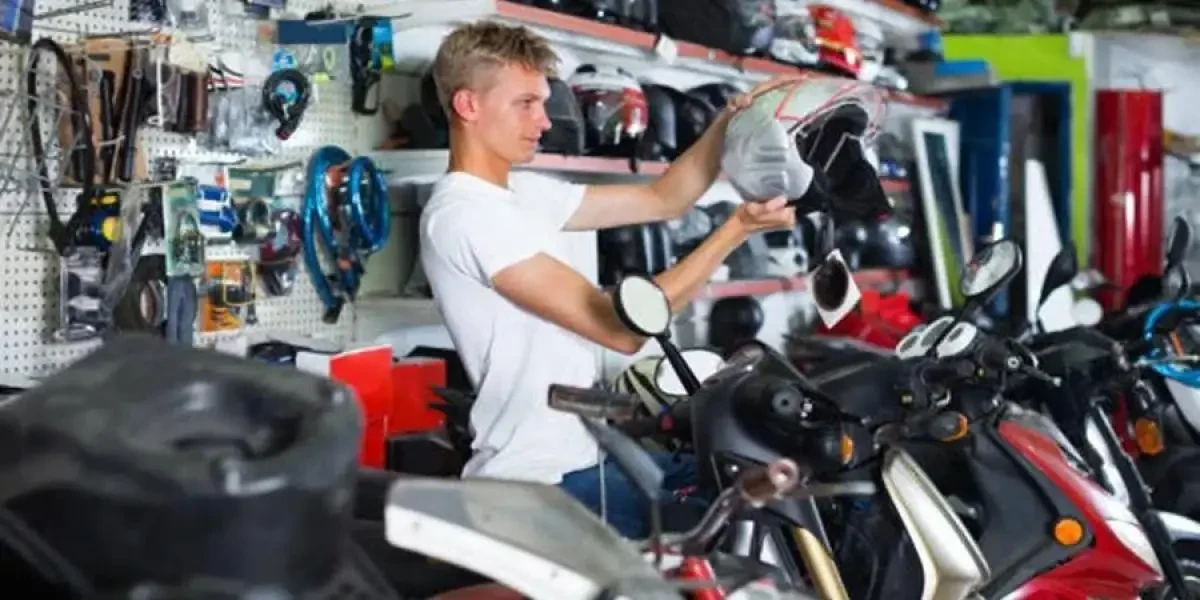Leading MX Gear NZ: Get Ready for Your Following Off-Road Journey
Leading MX Gear NZ: Get Ready for Your Following Off-Road Journey
Blog Article
A Comprehensive Check Out Motorcycle Components: What Every Biker Ought To Know
An extensive understanding of bike components is not merely advantageous however important for any type of biker intending to optimize efficiency and security. Each component, from the engine's detailed workings to the reliability of brake systems, plays a pivotal duty in the total experience and capability of the bike.
Understanding the Engine
The engine, typically considered the heart of a motorbike, is a complex setting up of elements that operate in harmony to convert fuel into motion. At its core, the engine's primary feature involves the burning procedure, where air and gas mix and stir up within the cylinders, leading to controlled surges that drive the pistons. These pistons move up and down, converting chemical energy right into power, which consequently transforms the crankshaft, ultimately powering the bike.

Comprehending the details of a motorbike engine is essential for enthusiasts and bikers alike. It not only offers insight into just how bikes attain their impressive power and rate yet likewise help in efficient upkeep and troubleshooting, making certain longevity and dependability when driving.
Suspension Systems
While the engine powers the bike, the shock absorber plays an essential duty in guaranteeing a controlled and smooth ride. The shock absorber is in charge of soaking up shocks from the road surface, preserving tire call, and offering stability throughout cornering and stopping. It consists of two major elements: the front forks and the rear shock absorbers.
Front forks are normally telescopic, consisting of a spring and wetting device. The springtime presses and prolongs to soak up bumps, while the wetting mechanism manages the movement to avoid excessive bouncing. This mix guarantees the front wheel continues to be touching the roadway, providing superior handling and convenience.
The back suspension, commonly a monoshock or twin-shock configuration, functions in a similar way to the front suspension however is customized to support the motorbike's weight and cyclist - motorcycle parts nz. It handles rear wheel movement, adding to the bike's overall balance and responsiveness
Shock absorber can be adjustable, allowing riders to make improvements preload, compression, and rebound settings according to personal preferences and riding problems. This adjustability improves efficiency by enhancing the motorbike's interaction with diverse terrains. In summary, an efficient suspension system is critical for motorcyclist comfort, security, and the motorcycle's taking care of prowess.
Brake Parts
Stopping power is an essential facet of bike safety and security, and it hinges on the effectiveness of the brake elements. The key elements of a motorcycle's stopping system consist of the brake pads, calipers, rotors, and master cyndrical tube. motocross parts nz. Each of these components plays a critical role in making sure effective stopping efficiency
Brake pads are essential as they create the required rubbing versus the blades to decrease or quit the bike. Built from materials such as sintered steel or organic composites, the selection of brake pad material substantially affects performance and long life. Calipers, housing the brake pads, apply stress to the pads when the brake lever is engaged, facilitating call with the rotors.
The rotors, commonly made from stainless-steel or actors iron, are placed to the wheels and work as the surface versus which the brake pads press. Their layout, including size and density, impacts heat dissipation and stopping power. The master cylinder, attached to the brake lever, produces hydraulic pressure sent via brake lines to the calipers, making certain constant stopping force.
Routine maintenance and evaluation of these parts are essential for optimum performance, protecting against wear and guaranteeing cyclist security when traveling.
Tire Basics
Beyond preserving durable braking systems, making sure optimum tire efficiency is similarly significant for motorbike security and efficiency. Tires are the single contact point in between the roadway and the motorbike, making their condition crucial in managing, security, and total ride high quality.

In addition, think about the tire's age. Rubber substances deteriorate with time, even if tread shows up appropriate. Check the sidewall for the DOT (Department of Transportation) code to ascertain the tire's age. Usually, substitute is advised every five years, no matter wear. Investing attention in these tire fundamentals not only maximizes performance but likewise significantly boosts riding security.
Electrical Systems
In the realm of bike maintenance, the electrical system plays a crucial duty in ensuring trustworthy efficiency and cyclist safety and security. This complex network encompasses essential components such as the battery, generator, starter motor, and click site circuitry harness. Each component is important for the seamless operation of the bike, from ignition to lights and interaction with numerous sensing units.
The battery serves as the heart of the electric system, offering the needed power to start the engine and run accessories. Consistently checking the battery's voltage and terminals for rust is important to stop unexpected failings. The generator, on the other hand, recharges the battery while the engine is running, making certain a constant power supply.
The starter motor is accountable for starting engine procedure, converting electrical power right into mechanical power. To keep it, motorcyclists must take notice of any kind of uncommon noises this post or troubles during start-up. Meanwhile, the electrical wiring harness acts as the vehicle's nerve system, connecting all electric elements. Ensuring that the cables are intact and cost-free from damages is vital for ensuring and protecting against brief circuits performance.
Final Thought

Stopping power is a basic element of motorcycle safety and security, and it hinges on the efficiency of the brake parts. The main elements of a bike's braking system include the brake pads, calipers, rotors, and master cyndrical tube.Brake pads are necessary as they produce the necessary rubbing versus the blades to reduce down or stop the bike.Beyond preserving robust braking systems, guaranteeing optimum tire efficiency is equally substantial for motorcycle safety and efficiency.In the world of motorcycle upkeep, the electrical system plays a critical function in guaranteeing dependable efficiency and biker safety and security.
Report this page